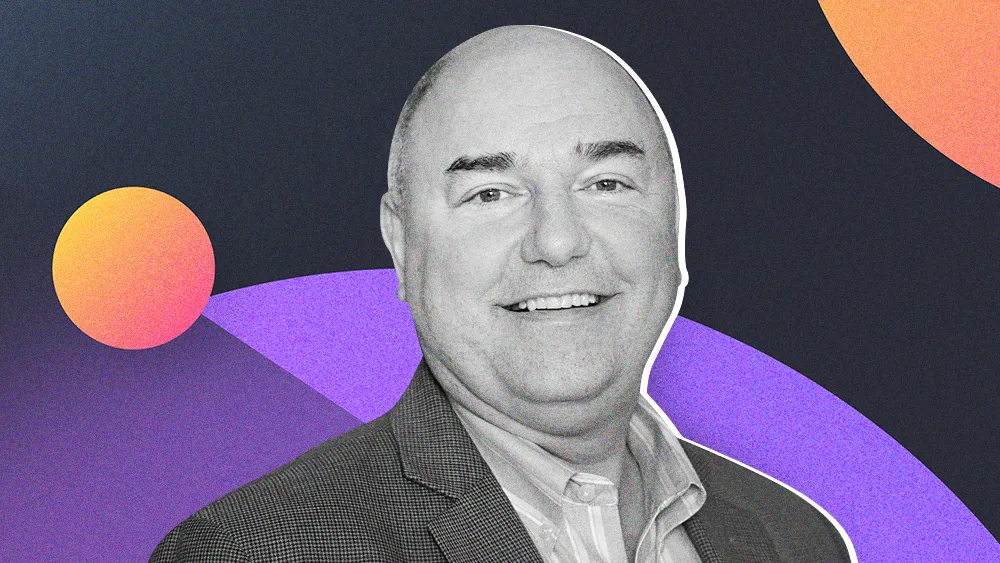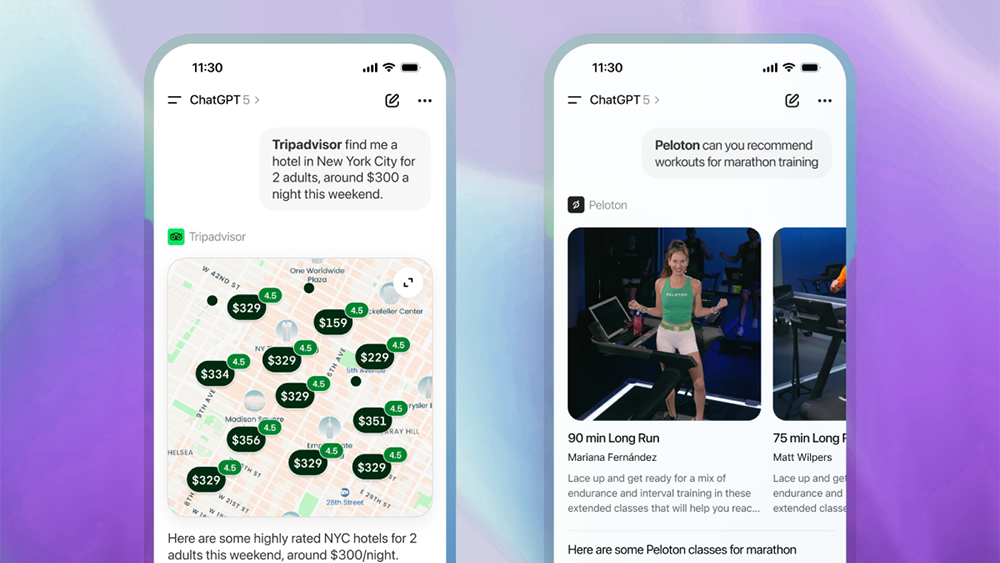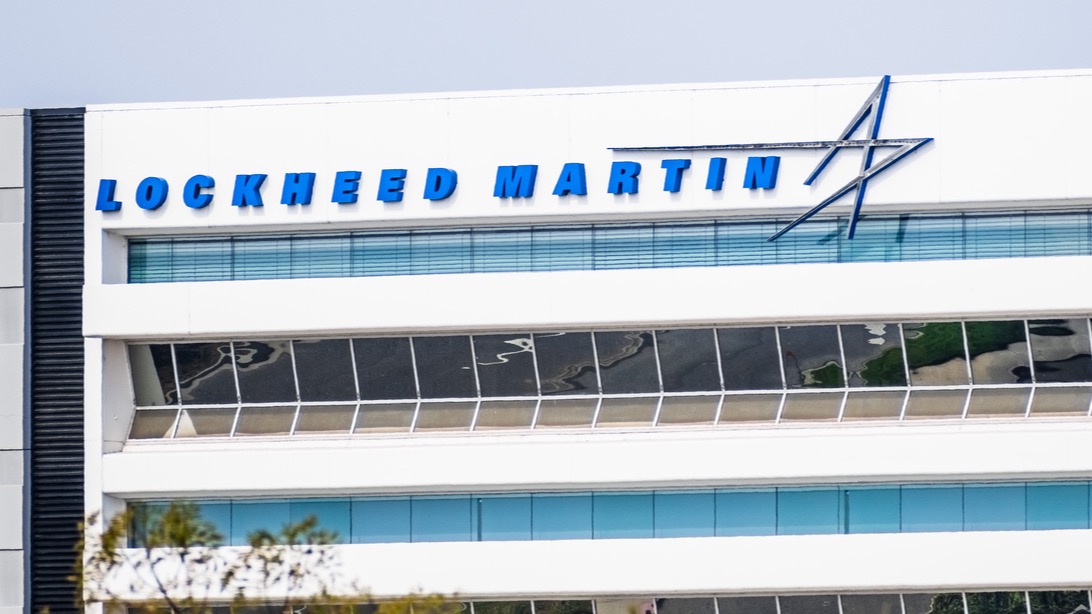
Key Points
In an interview with CIO News, Healthcare CIO Paul Brian Contino advised IT leaders to focus on data governance strategies when weighing the risks and rewards of AI adoption.
Contino discussed the risks of using uncurated data in AI, advocating for better data management.
He highlighted the looming possibility of quantum computing threats, and stressed collaboration with vendors for encryption solutions.
Contino sees a future where AI will speed up advancements in quantum technologies.
While every industry is fixated on unlocking immediate ROI with AI, some CIOs are looking further into the future toward bigger threats and opportunities looming on the horizon.
Paul Brian Contino is a veteran healthcare CIO with over two decades of executive leadership at complex health systems like Mount Sinai, NYC Health + Hospitals, and University Hospital. For Contino, the path forward lies not in chasing technological trends, but in a disciplined approach and mastery of fundamentals like data governance, vendor accountability, and thoughtful risk planning in a possible (and probable) quantum future.
Embracing AI use-cases and data: "You have to be pragmatic right now about AI, particularly GenAI, because there's so much marketing hype out there," Contino said. "The first question should always be: 'Do we have a clear use case, and is AI even the right solution for it?'" His skepticism is grounded in a non-negotiable, first principle of technology: "AI doesn't work without really good, curated data. If you don't understand your data, it's just 'garbage in, garbage out.'"
Collection without a cause: Contino reflects on the recent past —"the 'Big Data Craze' where organizations accumulated vast volumes of data, but lacked the curation needed to translate it into business value. They didn’t know how to make it actionable. Now with this new generation of AI tools, we have great potential, but the data needs to be cleaned and validated. The bright spot is that AI may be able to help with this."
Contino notes that while generative AI dominates the headlines, it's just one of many tools in the broader AI toolkit. He remains a strong advocate for applying AI where it truly adds value—but it has to be applied to the right problems.
He sees significant value in AI on the administrative and operational side of healthcare, particularly in reducing physician burnout by streamlining clinical workflow. A fast-growing use case is ambient technology that listens to doctor-patient conversations and automatically generates clinical notes, orders, and prescriptions, freeing the physician to spend more time focused on patient care. However, Contino takes a more cautious stance when it comes to clinical diagnosis and treatment, where the stakes are far higher and demand a higher standard of scrutiny.
Caution ahead: "As healthcare CIOs, we must be more cautious when it comes to AI and patient care. "We're dealing with people's lives, not making movie suggestions," he said. As such, Contino favors AI’s current clinical power as a "decision support tool" that augments, not replaces, a physician’s expertise and judgement. He pointed to real-world applications from EMR giants like Epic, whose data warehouse allows a physician to query a massive, de-identified patient database to find similar cases and potential treatments. Contino points out that “the volume of medical and scientific data has outpaced human capacity to process it effectively. Powerful AI tools are now essential to identify patterns, draw correlations, and distill insights in real time—enabling faster, more informed clinical decisions and accelerating scientific discovery."
Contino’s pragmatism extends to his overarching IT philosophy about when to build vs. buy. His opinions were forged from firsthand experience with what he called a crushing "support burden" of in-house development. "The problem with building internally is that the support burden starts to compete with your ability to innovate," he explained. "For most organizations, their AI strategy will center on strong vendor partnerships and a platform approach."

While AI grabs today's headlines, Contino points to another risk that lies ahead: quantum computing’s impact on encryption. He’s sounding the alarm on what is called "Q-Day"—the moment when quantum computers render today’s encryption obsolete. The threat is no longer science fiction, but an active, encroaching security concern.
Contino framed the quantum threat as a horizon issue, but one with a looming deadline. He cited warnings from NIST that current encryption may only be viable until 2030, a timeline based on the rapid engineering progress of industry leaders like IBM.
Harvest now, decrypt later: "There is a technique that's being used called 'harvest now, decrypt later,' where nation-states are hoarding all the encrypted files that they can find," he warned. "They are banking on the ability to decrypt this information with quantum computers in the future."
"Quantum is a horizon issue, but when it arrives, it's going to become a frenzy for those who do not act in advance," he predicted.
In Contino’s view, he envisions AI and quantum becoming linked in an escalating innovation cycle. He sees a future where the two technologies will form a powerful synergy that will likely accelerate all timelines. "There's going to be a flywheel effect between AI and quantum," he said. "You're going to see each of these technologies feed off each other, leapfrogging forward in unexpected ways."
But Contino's core message is a direct call to action for his fellow CIOs. The solution is not to wait on post-quantum encryption, but to demand accountability from your partners. "It means working very closely with your vendors and putting it on their radar, making them aware that you see the risk," he said. " We need to demand that our vendors have a roadmap to mitigate quantum risks." NIST has already released several post-quantum cryptographic (PQC) algorithms designed to protect against attacks from future quantum computers.
In an age of disruptive technologies, Contino offers a guiding framework grounded not in hype, but in discipline, pragmatism, and partnership.
.svg)





